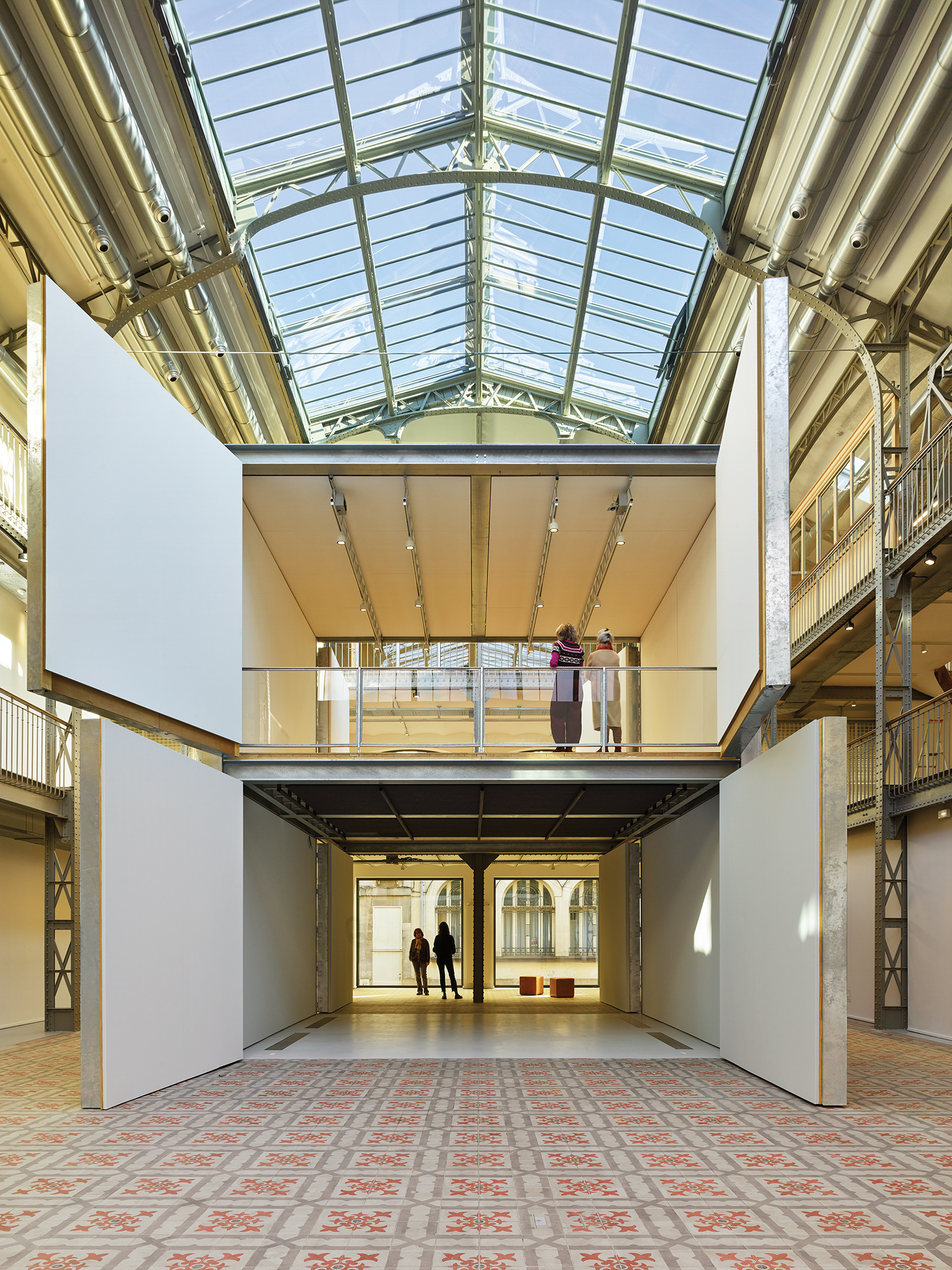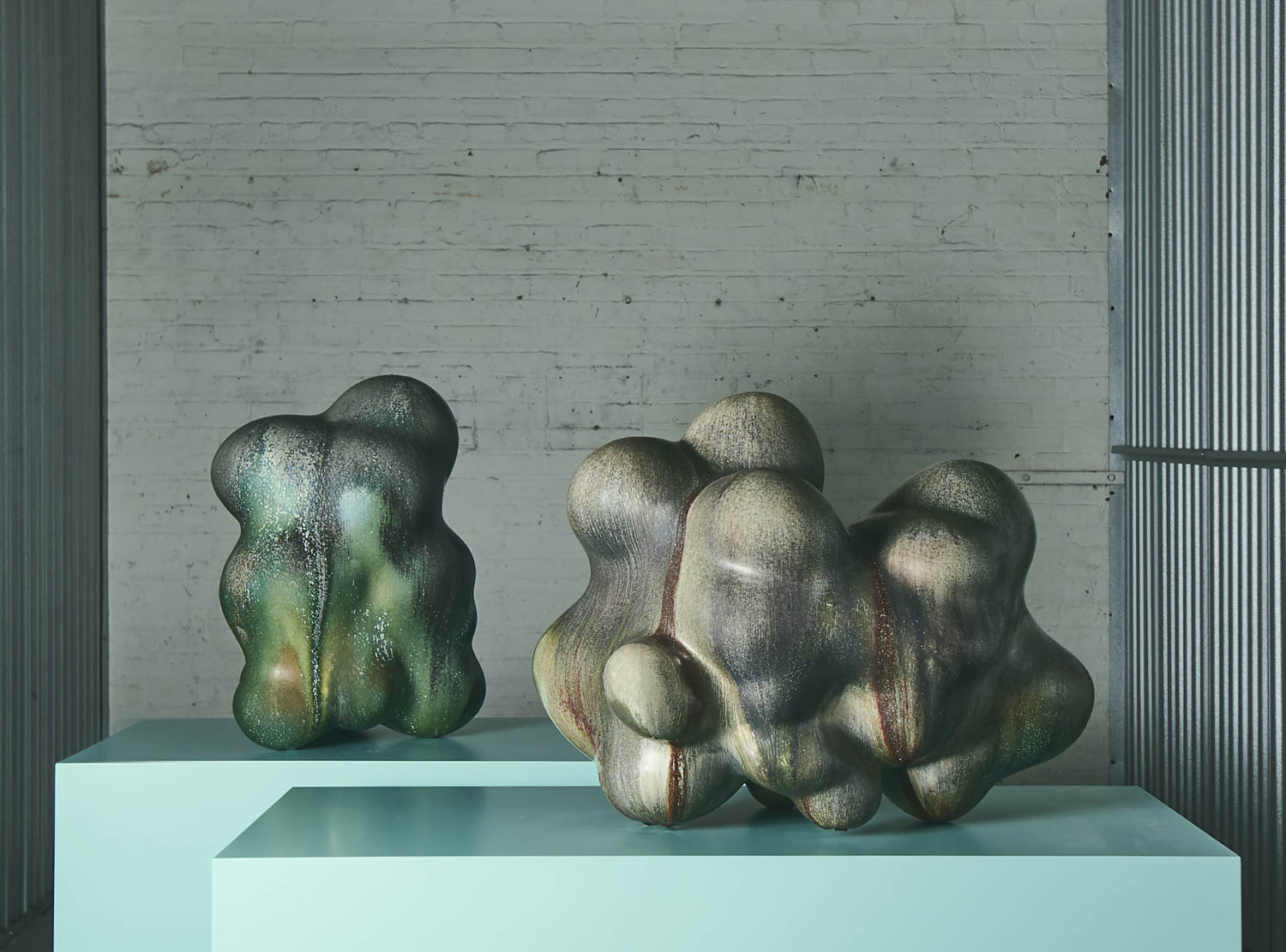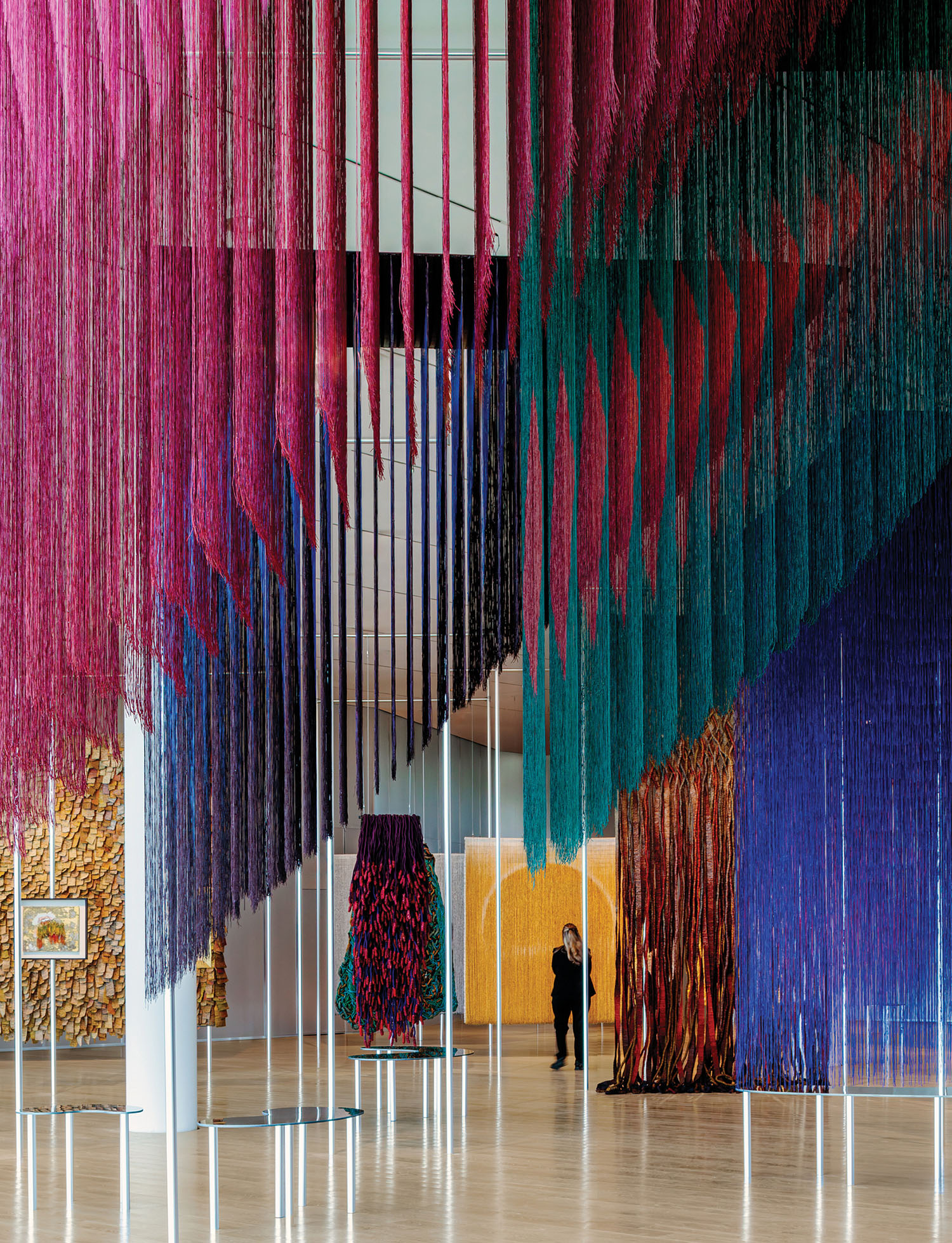5 NeoCon Takeaways: Wellness, Privacy, Ottomans and More
Every year, NeoCon arrives as the harbinger of new product offerings within the contract/commercial marketplace. The conference establishes the emerging trends for how furniture manufacturers are responding to needs in today’s workplace environment. As design principal of
CannonDesign’s Corporate/Commercial Interiors practice
, I had the opportunity to attend the event this year. To help those who couldn’t join the 50,000 conference attendees but still want a perspective on the insights and “zeitgeist” of NeoCon, the following offers an overview of the key themes and related products impacting the marketplace.

SW height-adjustable desks by Okamura.
1. Wellness Rising to New Heights
A pervasive theme throughout NeoCon was the elevated awareness of wellness in the workplace. We know that people spend a majority of time each day in the workplace and they are impacted by the products, materials, and ergonomics in the space. We continue to find more ways to correlate these factors to employee productivity, effectiveness, comfort and health. As a result, the sit/stand work desk was preeminent throughout the manufacturers’ offerings. These pieces that afford individuals the ability to adjust their posture while working throughout the day is a meaningful attribute that has increasingly garnered interest. Several manufacturers have developed products that are both user friendly in regard to electronic controls and presets, and also more refined to manage wires and cables. Having the controls that allow for the quickest and smoothest transitions for positions impacts how often individuals will use various positions, in essence paying for the investment. With the advancements and better integration into workstations and offices, it allows all to work well at any height.

Molo Benchwall.
2. Privacy, Please
Within the increasingly open workplace landscape, the topic of privacy to allow individuals the opportunity for quiet concentrated work is of essential focus. Offering nearby enclaves or small conference rooms is critical and manufacturers are beginning to create other settings that afford respite. One example within the open landscape is the entrée of vertical screening elements to help define personal or quiet work zones. Whether more structured or more freeform, these very light and often movable elements used in relevant settings and placed appropriately may support individuals and teams to visually focus, break up the space, and offer workplace diversity. What they do not achieve is acoustical privacy. Clients and designers need to give through as to location and purposeful planning for screening elements to be most effective. Comparatively, while traditional encapsulating panels creating “cubes” are migrating out of the workplace, integrating these more free form screens is not the answer alone. These screens should be part of a thoughtful collective of spaces that afford balance of collaboration and privacy in the workplace.

Colours by Bernhardt Design.
3. Rise of the Ottoman Empire
In order to address the need for providing settings that are easily “hackable” for teams to reconfigure and support meaningful collaboration, the ottoman has become the low cost effective champion. This simple element offers flexibility, easy mobility for brief informal interactions and supports various postures and movements which align with the emerging, more energized and active workplace. Many new collections are very sculptural elements that can work well as freestanding pieces, come together to support team huddles, compliment larger lounge pieces and add interest and variety into the workplace. The advent for several products that can also accommodate power to effectively support technology has improved these informal settings functionality and value.

Lake drum tables by TMC Furniture.
4. Welcome Home
Residential and hospitality design is making an impact on workplace design. As organizations seek to make their workplace feels more like a brand experience, more informal and ultimately more responsive to the millennial effect on the workforce, they’re turning to these disciplines for ideas. This emerging trend aligns with a growing desire by employees to select different settings for different work behaviors and is driving the introduction of collaboration zones, cafés, multipurpose/gaming areas and quiet spaces. These new workplace settings require their own selections for furniture, materials and contextual atmosphere and NeoCon showcased this with more informal, relaxed postures, wood elements, free standing elements and eclectic uses of color and materials. For every organization looking to embrace this design trend, it’s key they make decisions that fit their culture and vision. Just as one’s home should reflect their personality, corporate environments should reflect an organization’s unique identify and culture.

Cartography by Tandus Centiva.
5. A Large Canvas
Due to the emergence of larger, more open floor planning arrangements, the visibility of floor material is making a stronger presence. Specifically, where carpeting is being used for comfort and acoustical purposes in contrast to harder surfaces (concrete or tile), larger scale patterns and textures are making a big impact and serving as a larger canvas. While many times the carpeting acts as a foundation anchoring the space for the various wall materials and furniture to contrast, one has to balance visual attention where it’s most important to support the intent of the space. For instance, for larger, more open workstation environments, a larger pattern could lend interest as a cost effective solution. For smaller spaces, meeting rooms or higher end settings, more textures are appropriate. Certainly, this all integrates with the more eclectic context raised earlier, and again, if used appropriately to help reinforce an organization’s story,” can offer a rich backdrop to the space.


